A Closer Look at the ASUS TUF 5600 XT
The ASUS TUF 5600 XT EVO OC edition is a triple-fan, 2.7 slot card with 6GB of GDDR6 memory. The 5600 XT is part of AMD’s Navi series of graphics cards. The 5600 XT is based on AMD’s Radeon DNA or RDNA micro-architecture and fabricated with TSMC’s 7 nm FinFET manufacturing process. The 5600 XT is designed to offer a great 1080p gaming experience, The ASUS Tuf 5600 XT has two models; the standard edition and the OC edition. For this review, we tested the OC edition. The ASUS TUF 5600 XT has two modes, gaming mode, and OC mode. The base clock in Gaming Mode is 1615 MHz with a boost clock speed of 1750 MHz. In OC Mode, the boost clock speed is 1660 MHz with a base clock of 1700 MHz. All ASUS TUF cards go through their 144-hour validation. This 1400-hour validation process puts cards through a series of tests to ensure compatibility with the latest games.
The front of the ASUS Tuf 5600 XT has three fans. The center fan on the ASUS Tuf 5600 XT is slightly smaller than the ones on either end of the card. However, the ASUS TUF 5600 XT does not use traditional fans like so many other graphics cards. The ASUS TUF 5600 XT uses Axial-Tech fans that are exclusive to ASUS. In fact, the Axial-Tech fans were designed for the latest generation of ROG, or Republic of Gamers graphics cards. Axial_Tech fans feature a smaller fan hub, longer fan blades, and a barrier ring around the blades. This design greatly increases downward air pressure, leading to improved cooling over traditional fans. The center fan has the ASUS logo on the fan hud. The two end fans have the TUF logo in the center of each fan. A logo I still equate with their old Sabertooth line up of motherboards, which I miss. Near the bottom, slightly off-centered to the right of the card is the TUF Gaming branding.
The fans on the TUF 5600 XT are dual ball-bearing fans. The dual ball bearing fans on the TUF 5600 XT are estimated to have twice the lifespan of the average single ball bearing fans. The ASUS TUF 5600 XT also has 0dB technology. This allows the fans to only spin when the GPU temperature goes above 55°c.
I remember the days when even a $700 graphics card wasn’t guaranteed to come equipped with a back plate. I’m happy to see those days behind us, even on budget-oriented cards. The ASUS TUF 5600 XT is no exception. It comes equipped with a protective back plate that looks great. The back plate has the distinct TUF design one would expect to see of any TUF branded product from ASUS/ There is a cut out on the back plate just behind where the GPU is placed on the PCB and just above the PCIe connector. The TUF logo and TUF Gaming branding are inscribed on the back plate, near the cut out on the back plate.
The IO of the ASUS TUF 5600 XT has four ports. These ports consist of a single HDMI 2.0b port and three DisplayPort 1.4 ports. The ASUS TUF 5600 XT does offer support for HDCP version. 2.3. I’m all for virtual reality and whatnot. But it’s great to see a graphics card with three DisplayPorts.
Looking at the rear of the ASUS TUF 5600 XT, you can see the tips of the five nickel-plated copper heat pipes that run through the fin array on the TUF cooler. You can also see the two cables that plug into the PCB. These cables provide power to the three fans, as well as the LEDs on the side of the card.
From a top-down view, you can see how thick the 2.7 slot cooler on the ASUS TUF 5600 XT really is. To the left, and closest to the IO, there is a TUF logo with an LED strip located next to it. To the far right side, just below the 8-pin connector, there is an ASUS logo. The ASUS TUF 5600 XT is powered by a single 8-pin PCIe power connector. From the top, we get a good look at how thick the heat sink is on the TUF 5600 XT. Looking at the ASUS TUF 5600 XT from the bottom, you’ll see the PCIe x16 connector.
With all graphics card reviews, we like to disassemble the card to take a closer look at the PCB and its components. There are a total of six screws that hold the back plate to the PCB. There are an additional six screws that hold the cooler in place on the PCB. I always first remove the four screws. surrounding the GPU die.
The first step we take in disassembling the ASUS TUF 5600 XT is to remove the back plate. There are even thermal pads on the back plate that cover the backside of the memory on the PCB. The back plate on the ASUS TUF 5600 XT is made out of aluminum and is designed to not only look good but add rigidity to the card.
The ASUS TUF 5600 XT comes apart easily and breaks down into four components. These components are the heat sink, the three fan shroud, the PCB, and the back plate. The heat sink is made up of five nickel-plated copper heat pipes that run through the length of the fin array. The heat sink on the TUF 5600 XT is cut at different heights to ensure maximum contact with the components that produce the most heat.
Looking at the heat sink on the ASUS TUF 5600 XT a bit closer, we can see the thickness of the actual cold plate, as well as the thickness of the thermal pads for the memory. We can also see the five heat pipes that all make contact with the cold plate. Last, we can see how dense the fin array is on the heat sink.
The GPU die for the ASUS TUF 5600 XT has three memory modules on either side of it. As much of an Nvidia fan as I am, I must admit, I prefer the aesthetics of the AMD GPU die over Nvidia. Like ASUS ROG Card, all ASUS TUF cards are produced through Auto-Extreme Technology from ASUS. With their Auto-Extreme Technology, ASUS set a new standard in the way graphics cards are manufactured, essentially eliminating human error in the manufacturing process and going completely automated.
In a traditional manufacturing process, soldering of through-hole and surface-mounted components are performed separately. However, Auto-Extreme Technology allows all soldering to be completed in a single pass. This helps to reduce the thermal strain on components. This also leads to the use of less harsh chemicals on the components. In the end, we have a lessened environmental impact, lower manufacturing power consumption, and a more reliable product. Even the back of the PCB is smooth. This will eliminate the possibility of cutting to scratching yourself on the back of the PCB if you were to ever disassemble your card that is.
The memory used on the ASUS TUF 5600 XT is Micron memory modules. The numbers on the actual modules is 9TA77 D9WCW. For more on those specific modules, click here. There are six GDDR6 memory modules in total. The memory on the ASUS TUF 5600 XT runs at up to 14 Gbps on a 192-bit memory bus. The memory on the TUF 5600 XT uses 2+1 power phases.
The ASUS TUF 5600 XT features Super Alloy Power II. This includes premium alloy chokes, solid polymer capacitors, and an array of high-current power stages. The VRM on the ASUS TUF 5600 XT has 7+1 power phases for the GPU and 2 phases for the memory. I’ve read several different answers to the VRM question in regards to the TUF 5600 XT. However, my answer comes directly from ASUS. Both the 5700 XT and 5600 XT TUF have the same VRM configuration.
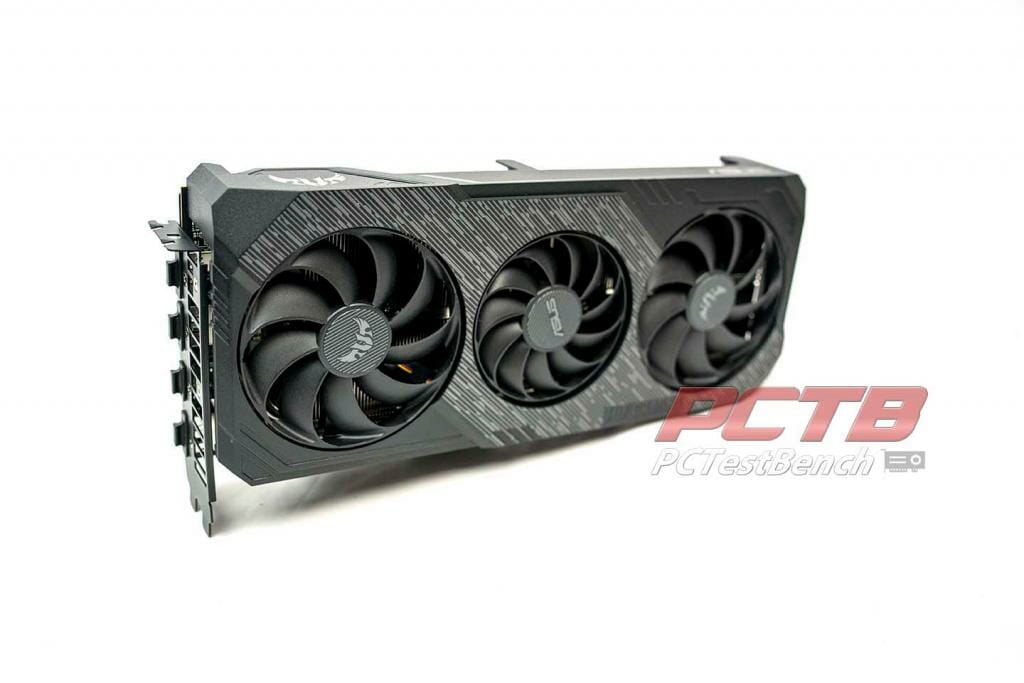
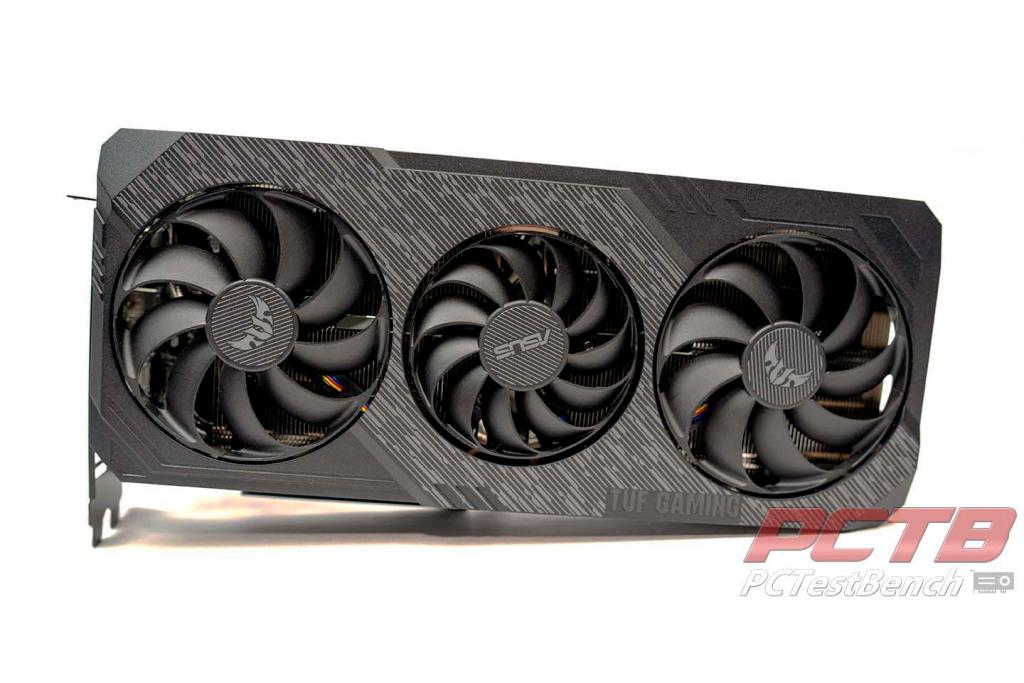
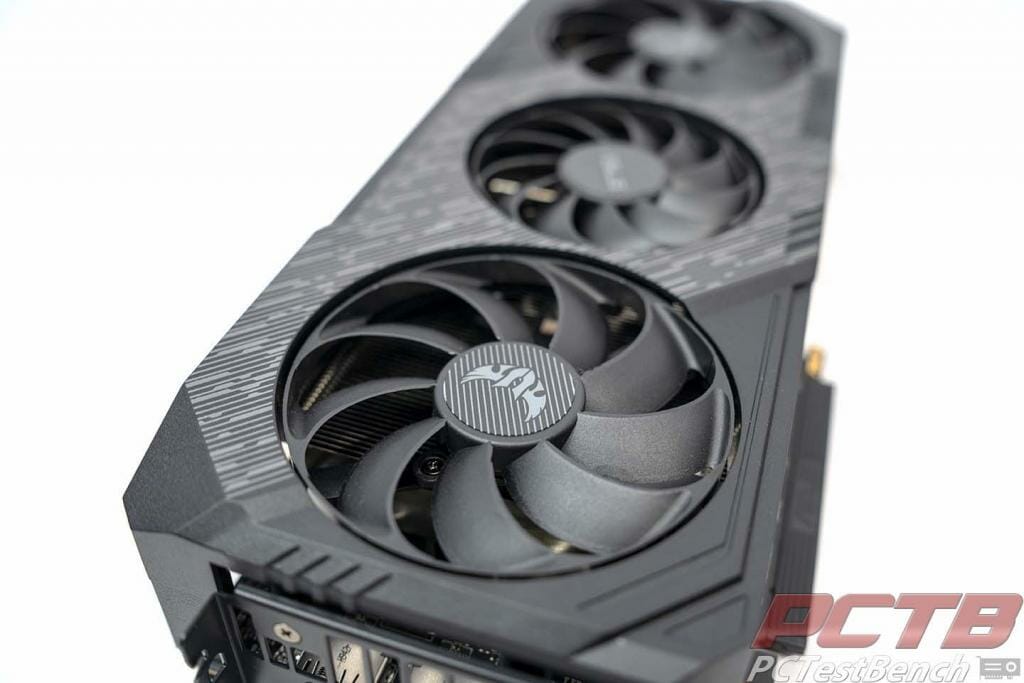


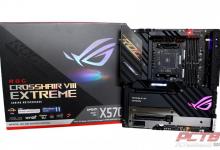
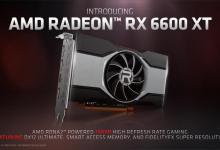
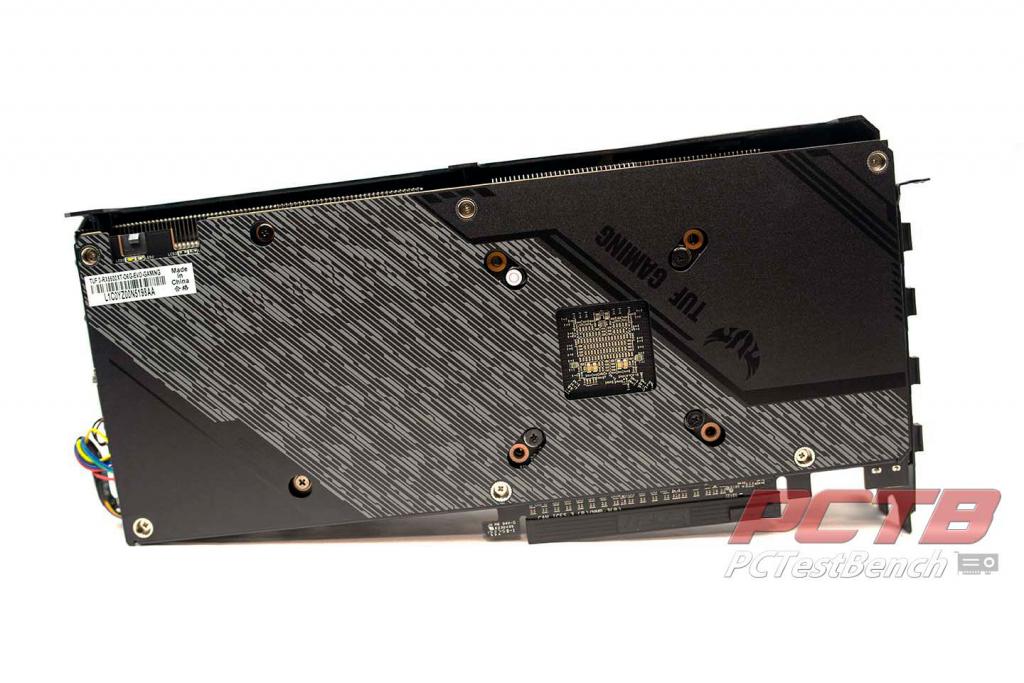
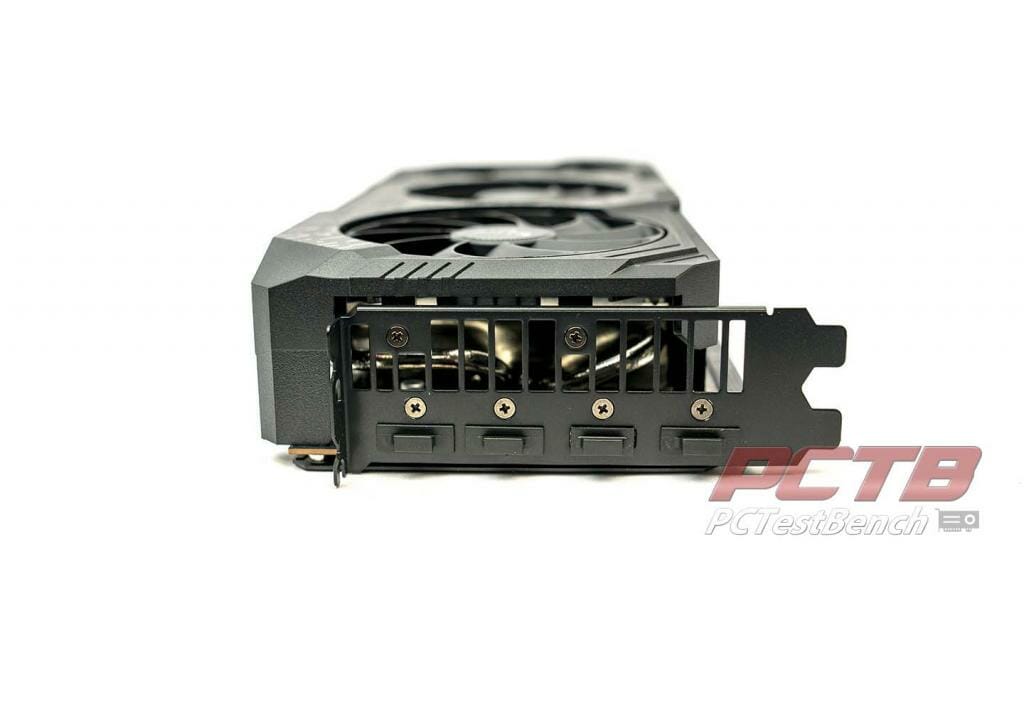
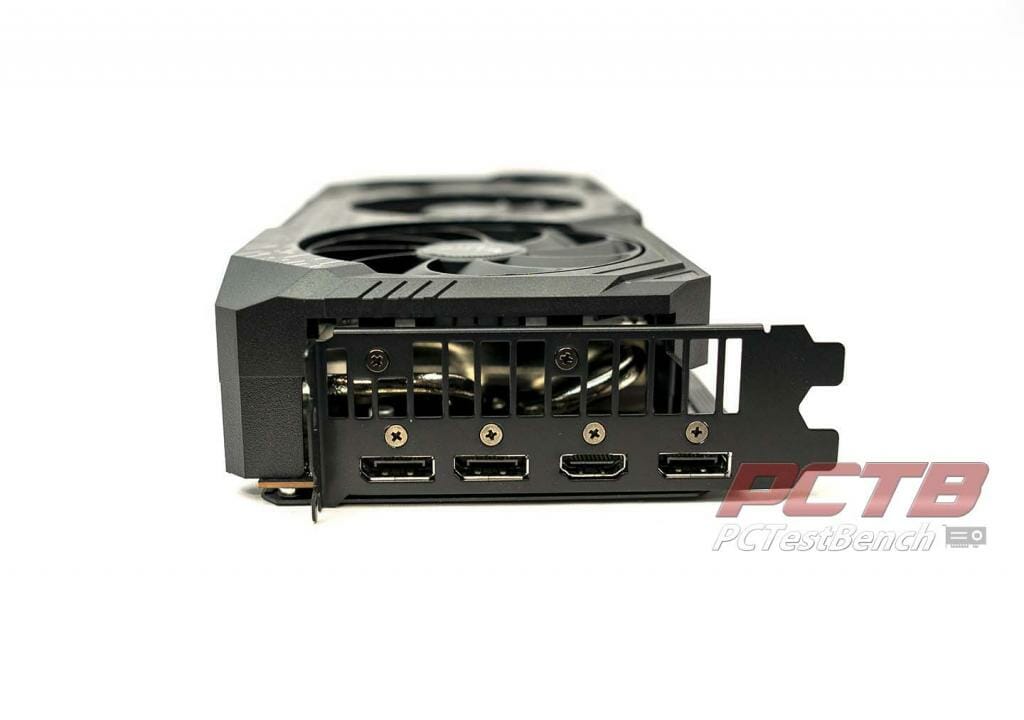
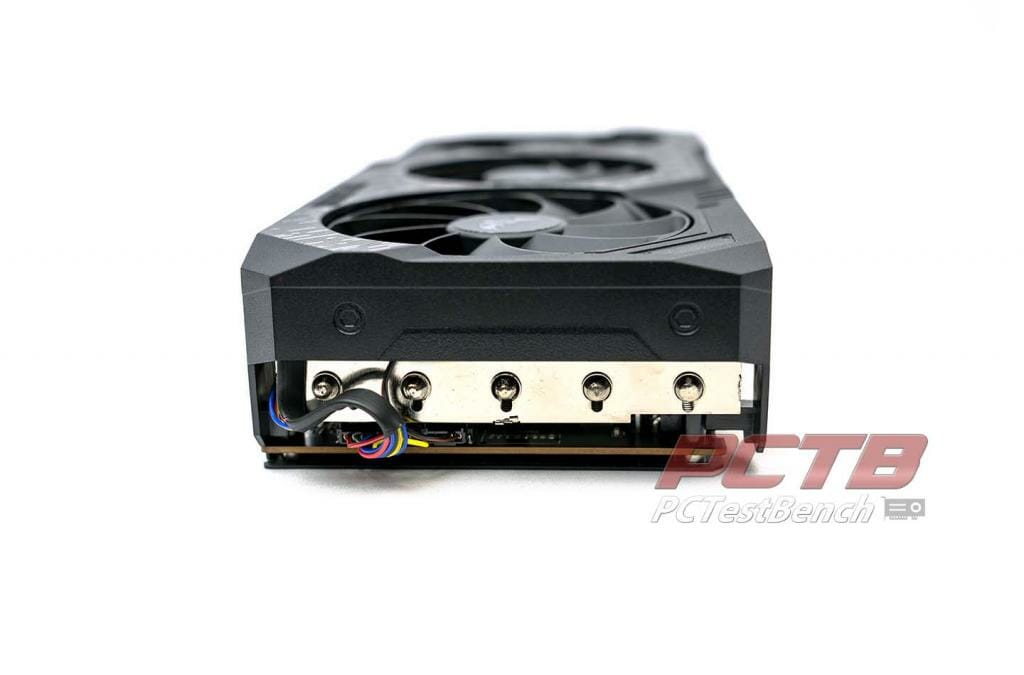
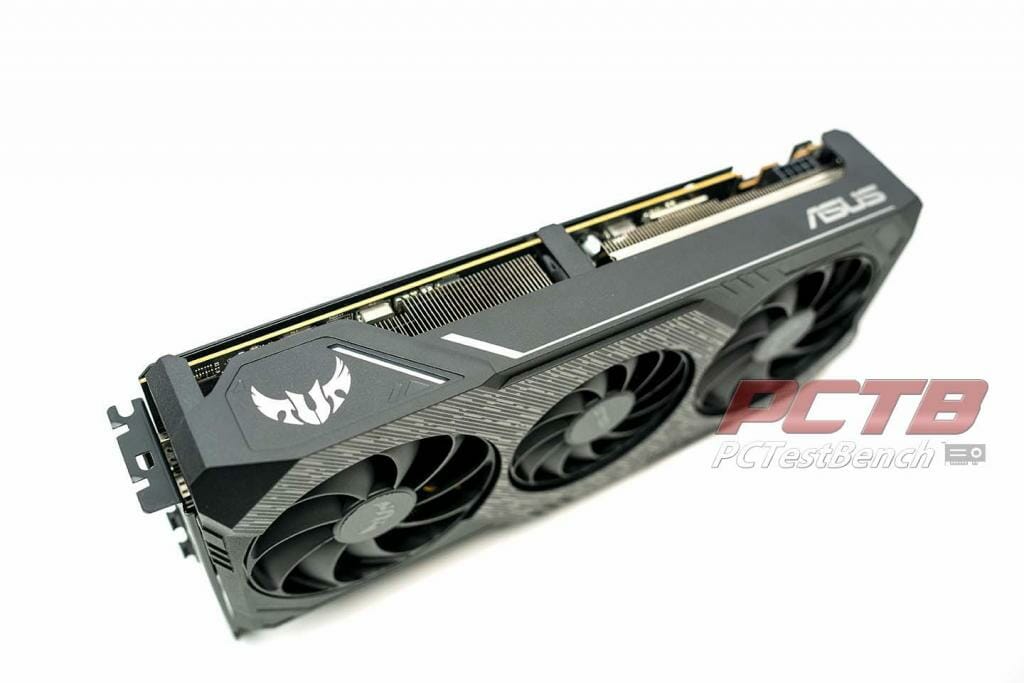
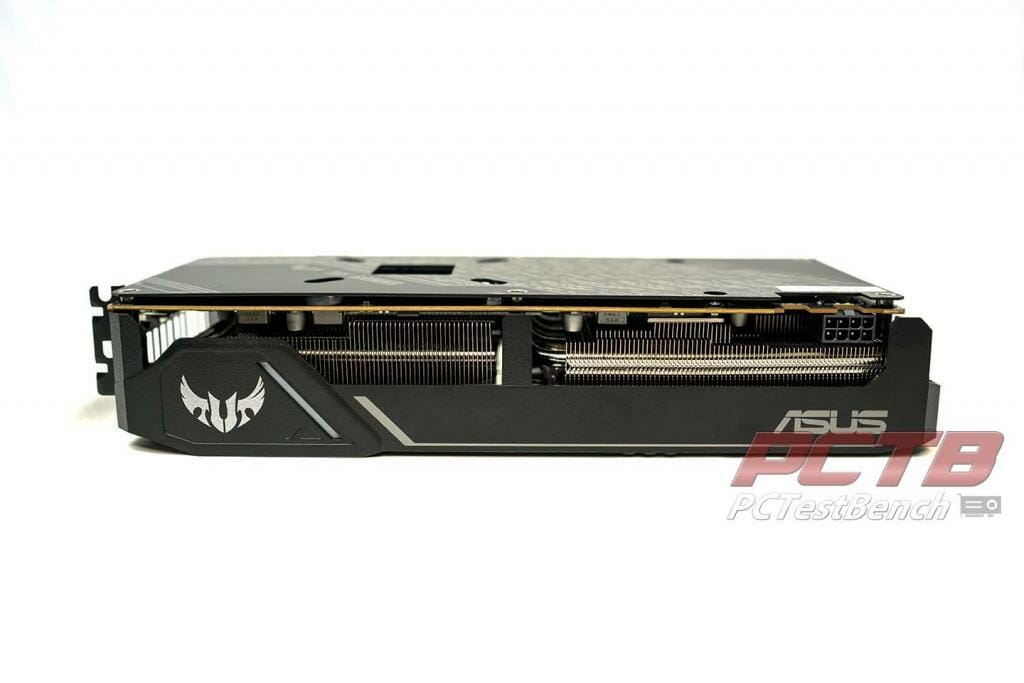
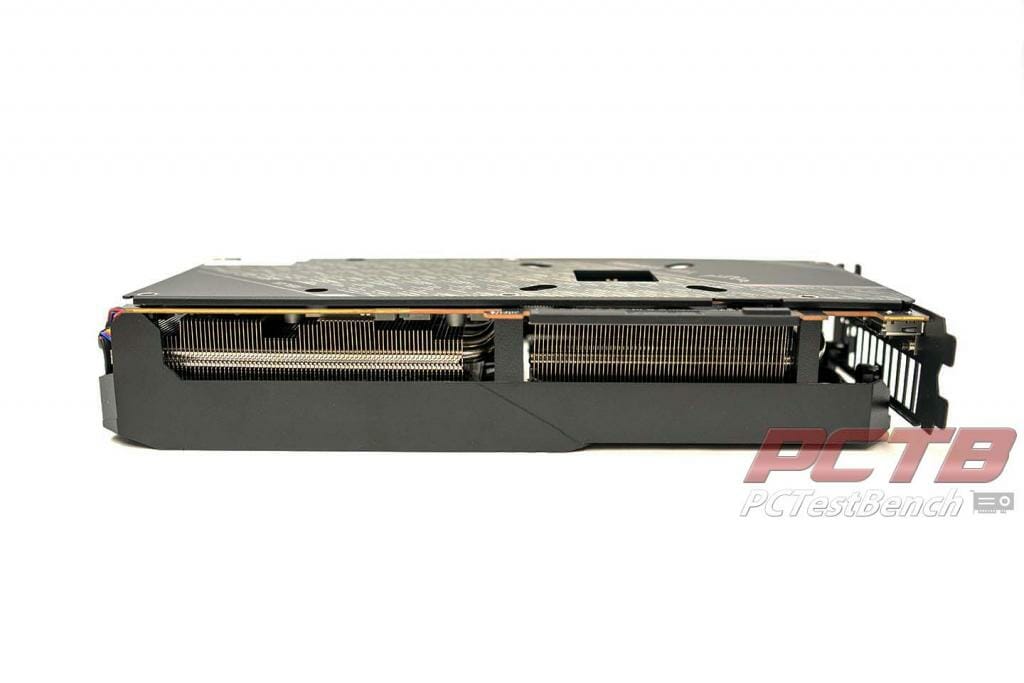
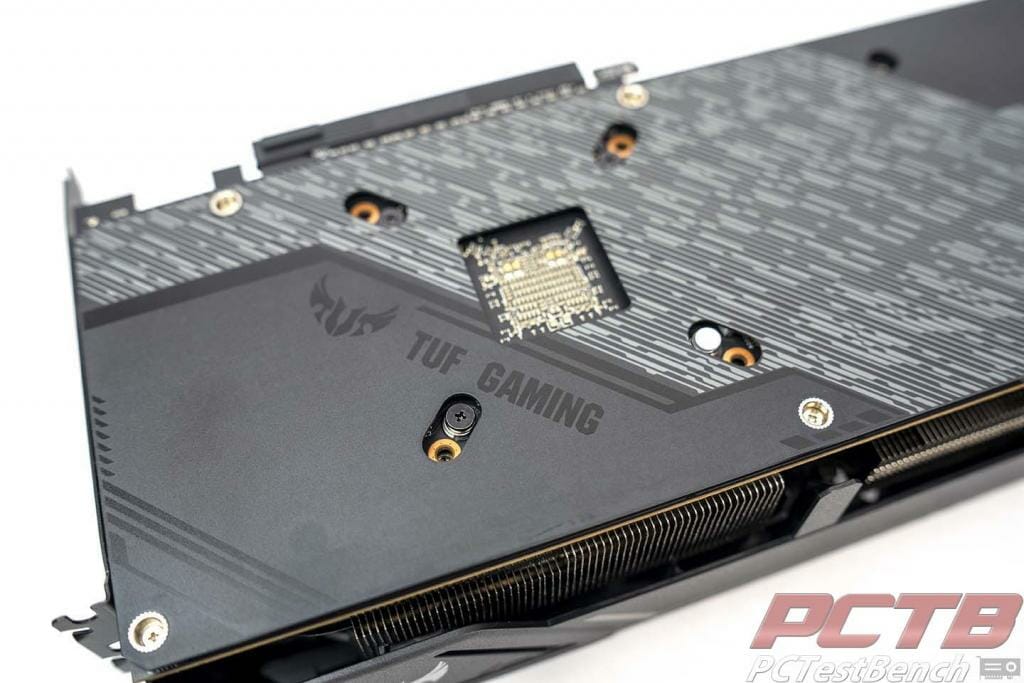
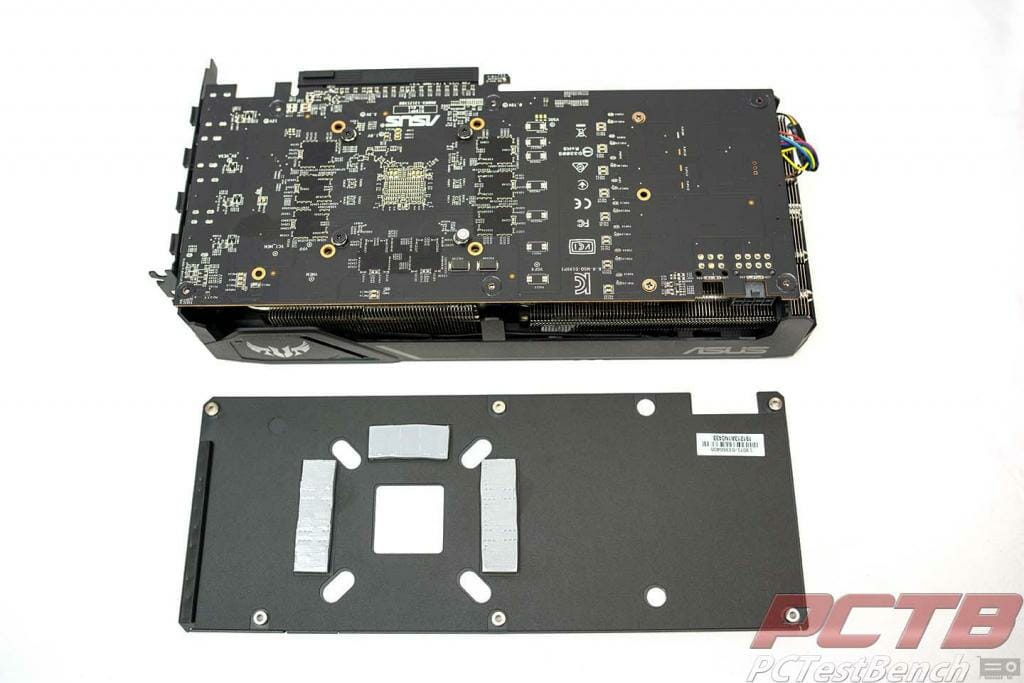

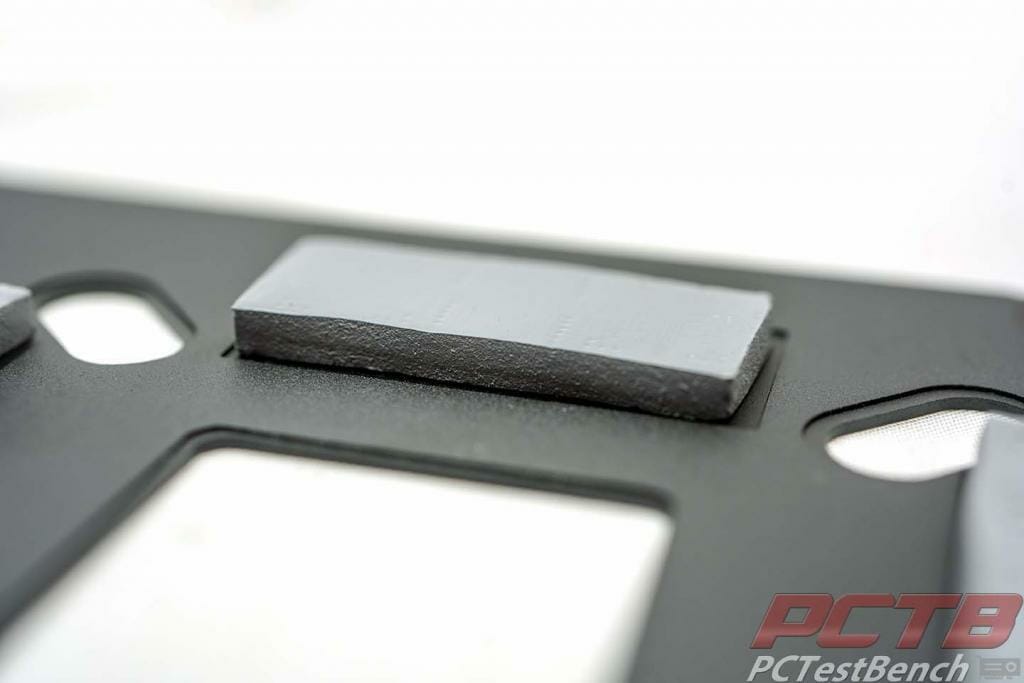
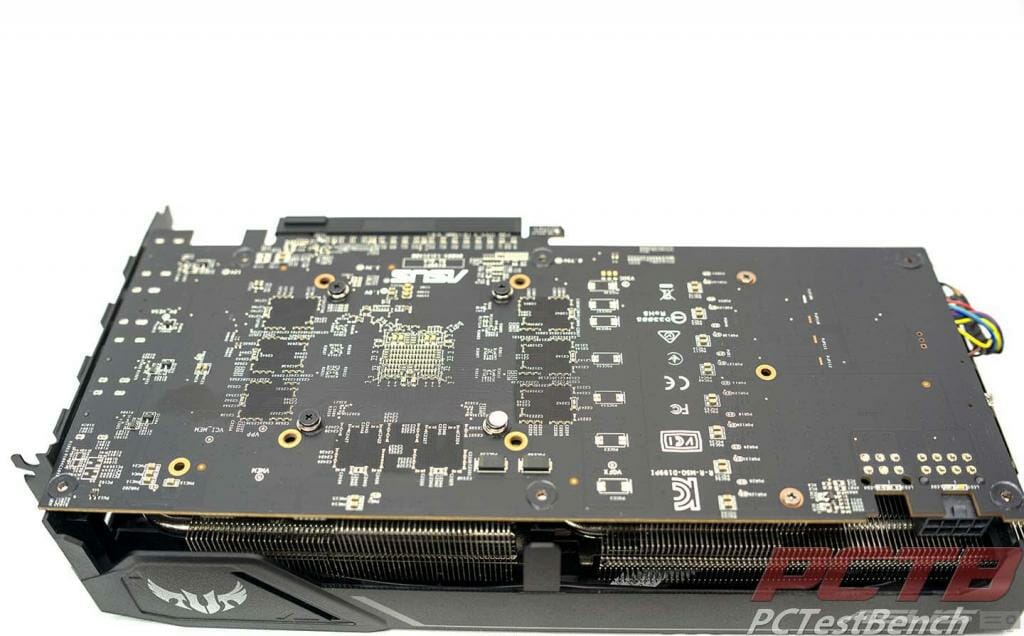
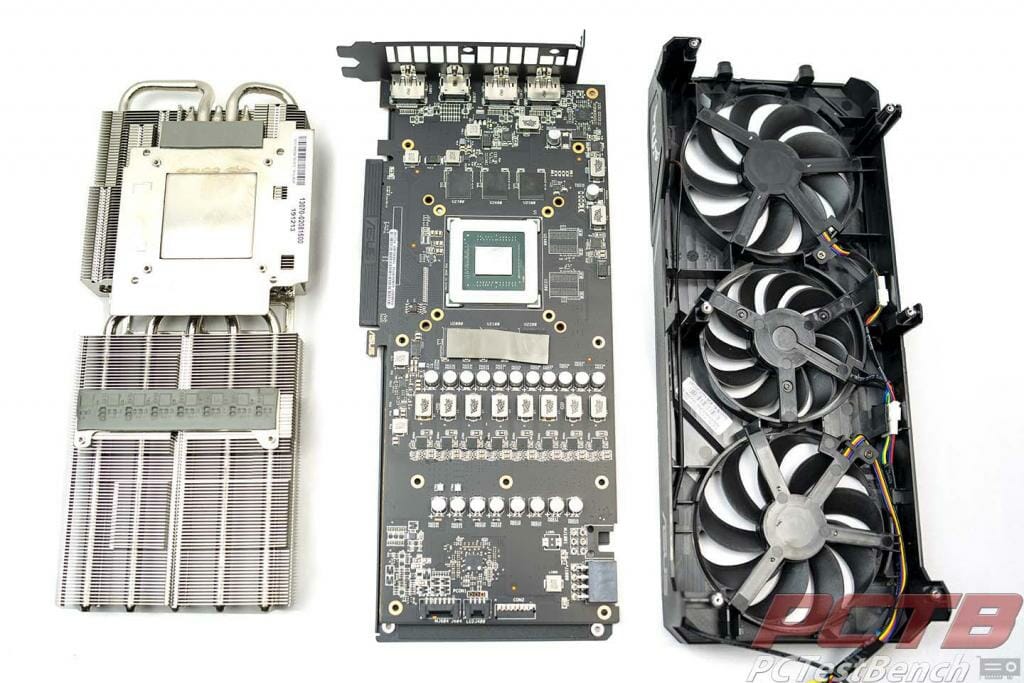
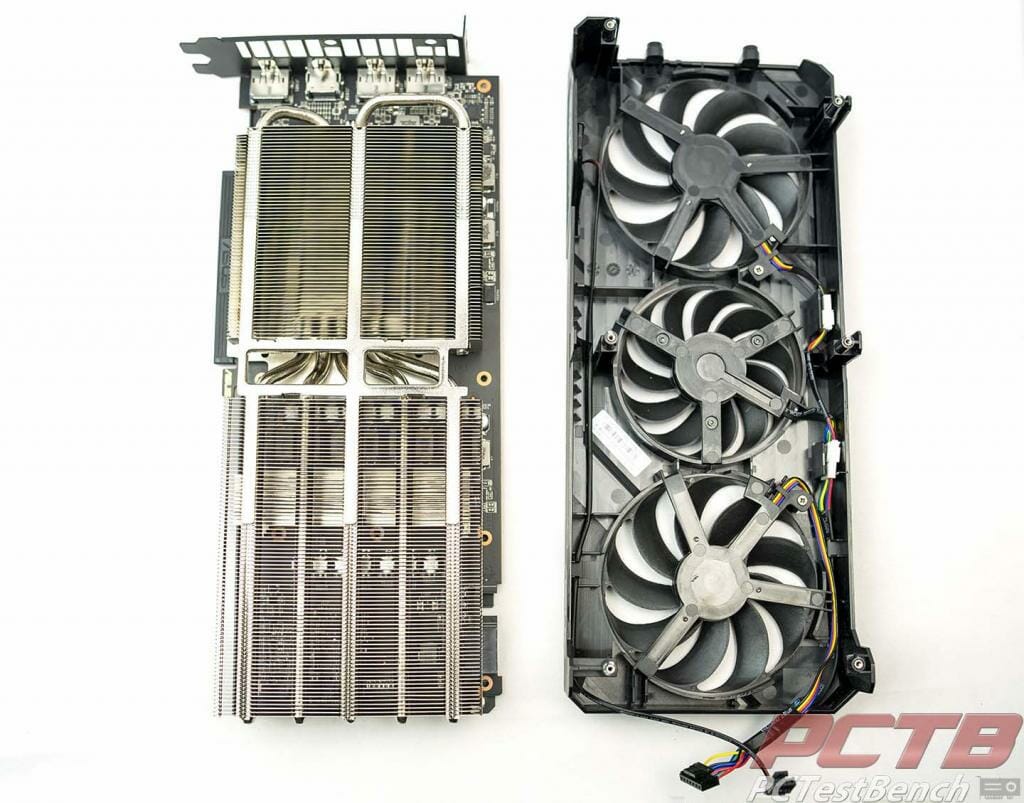
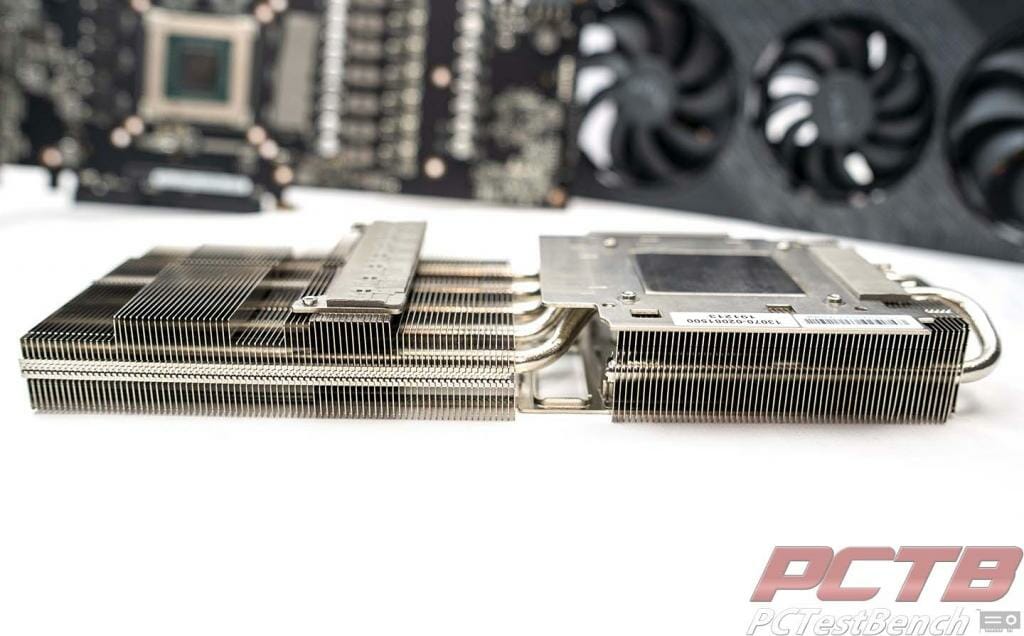
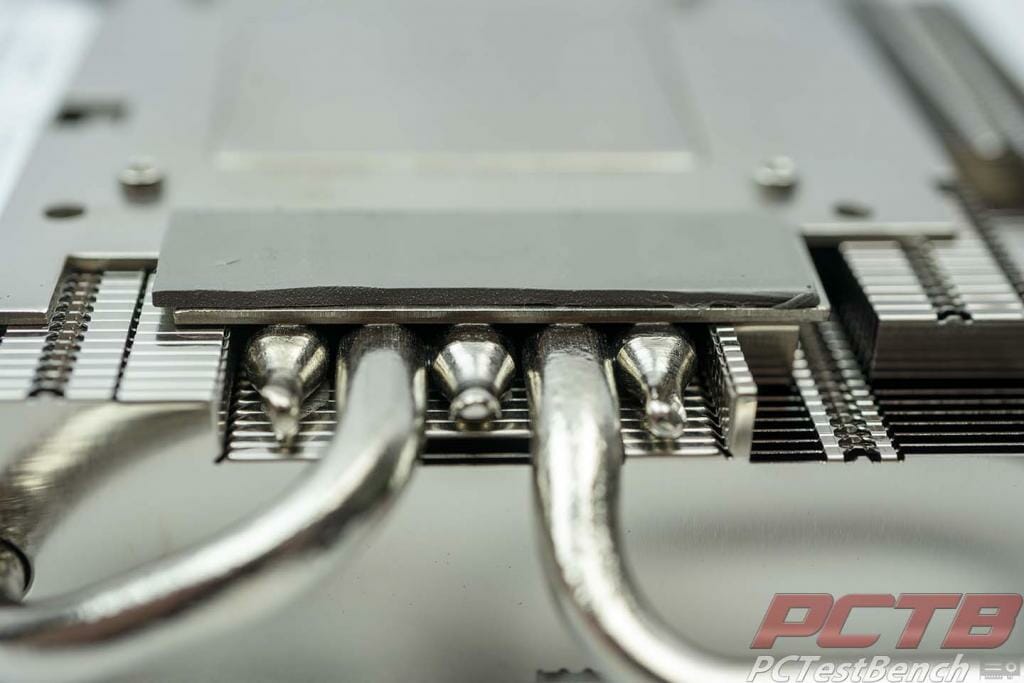
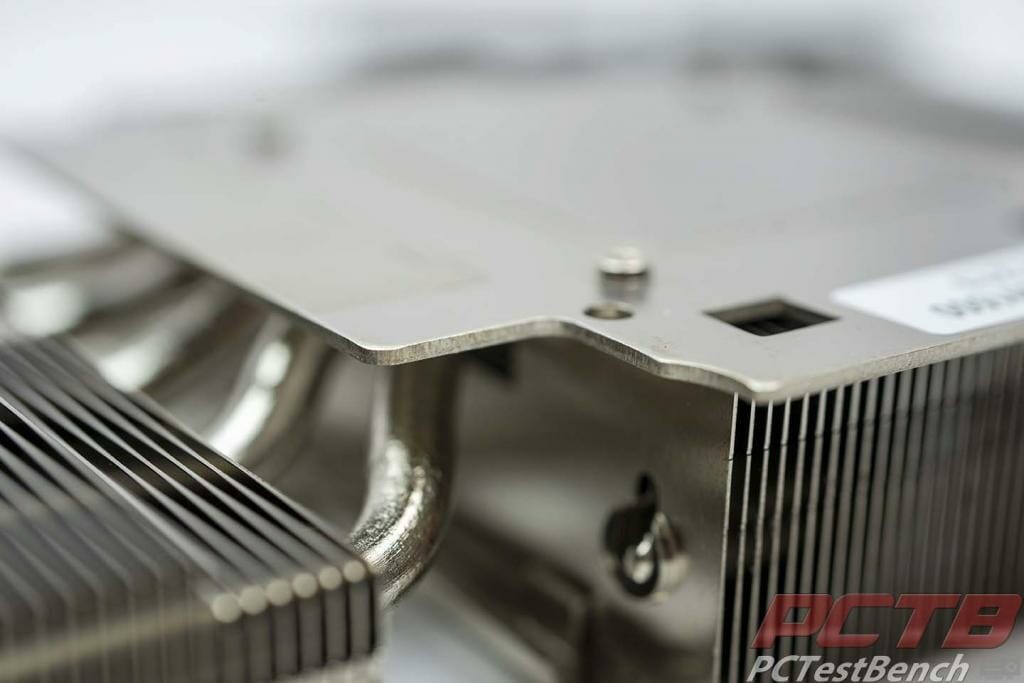
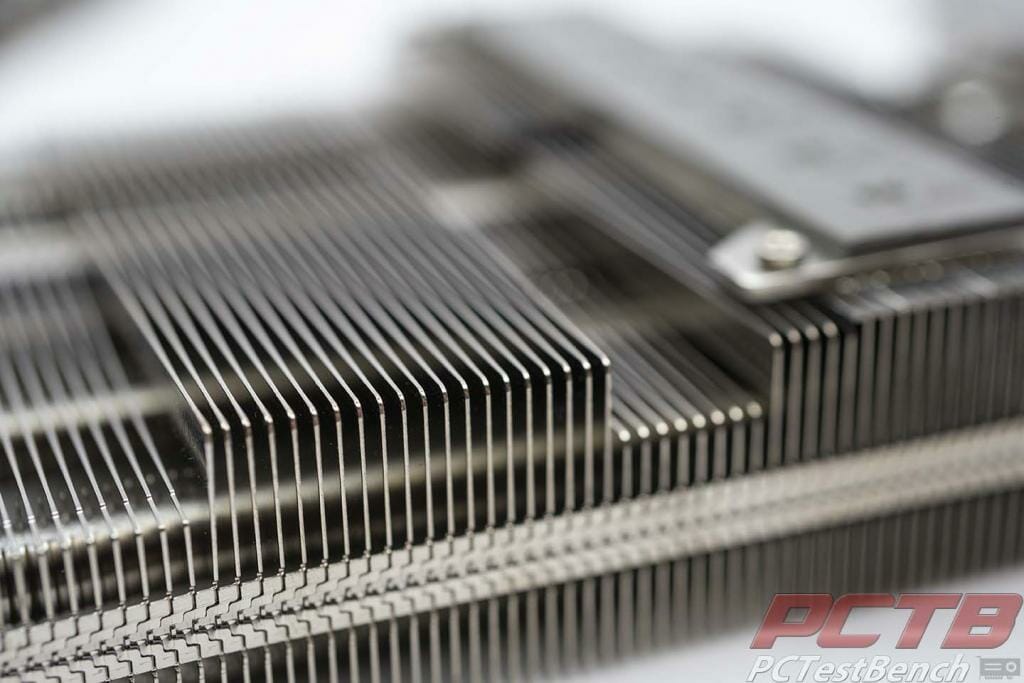
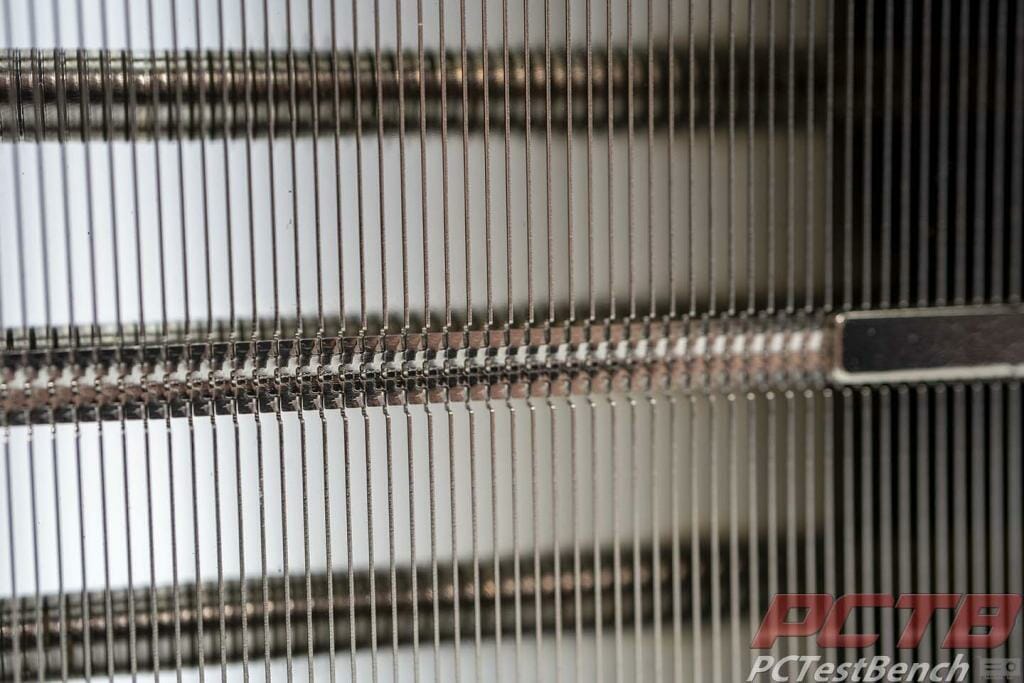
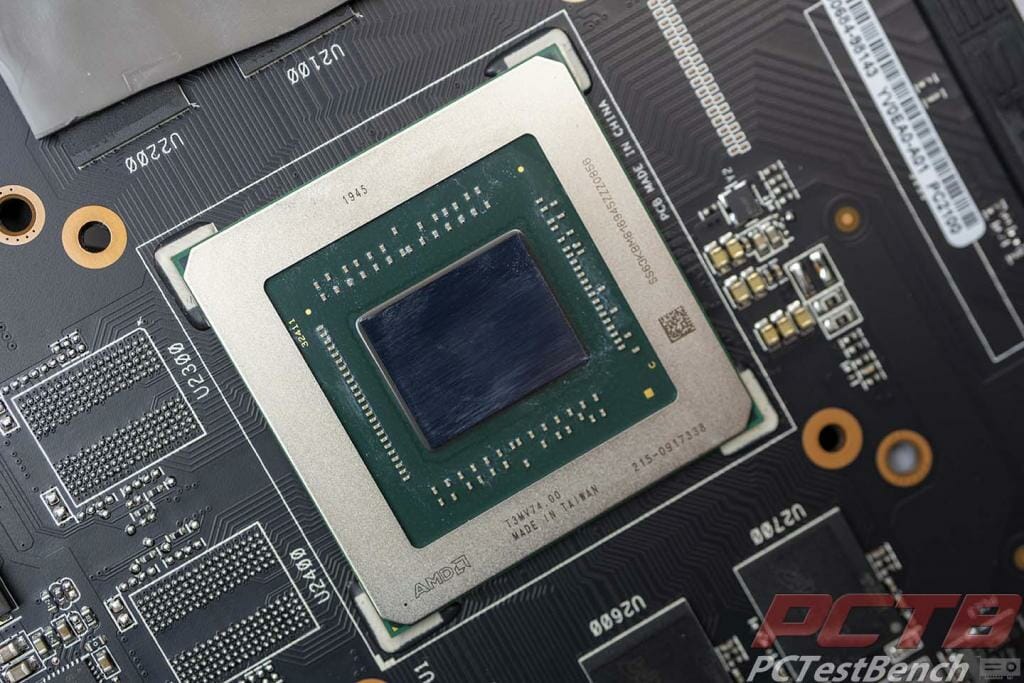
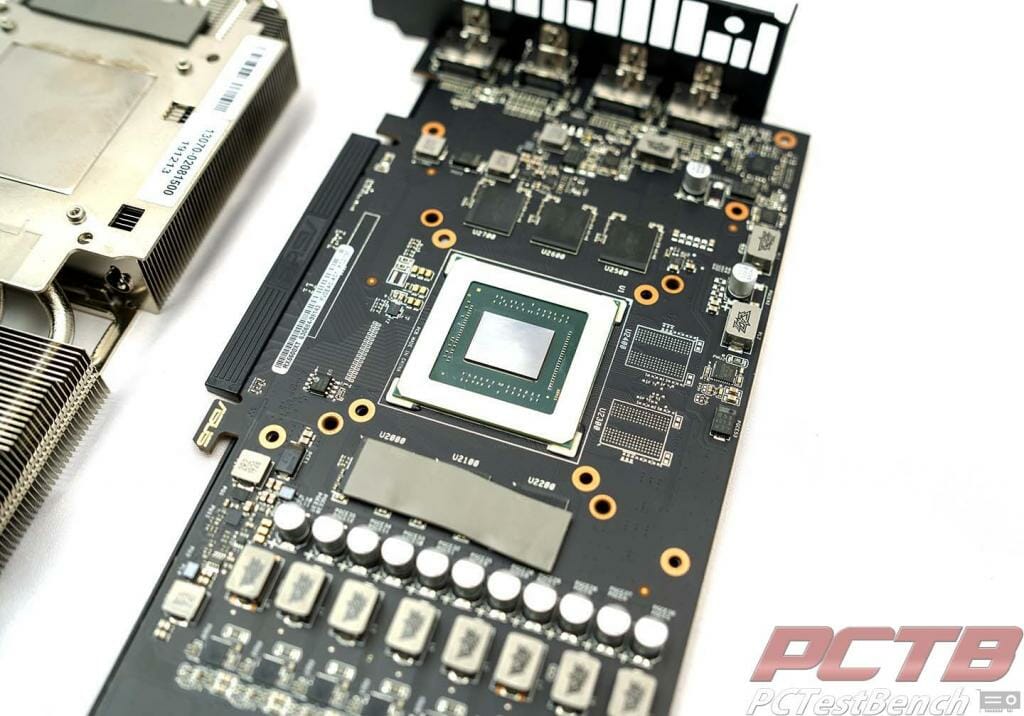
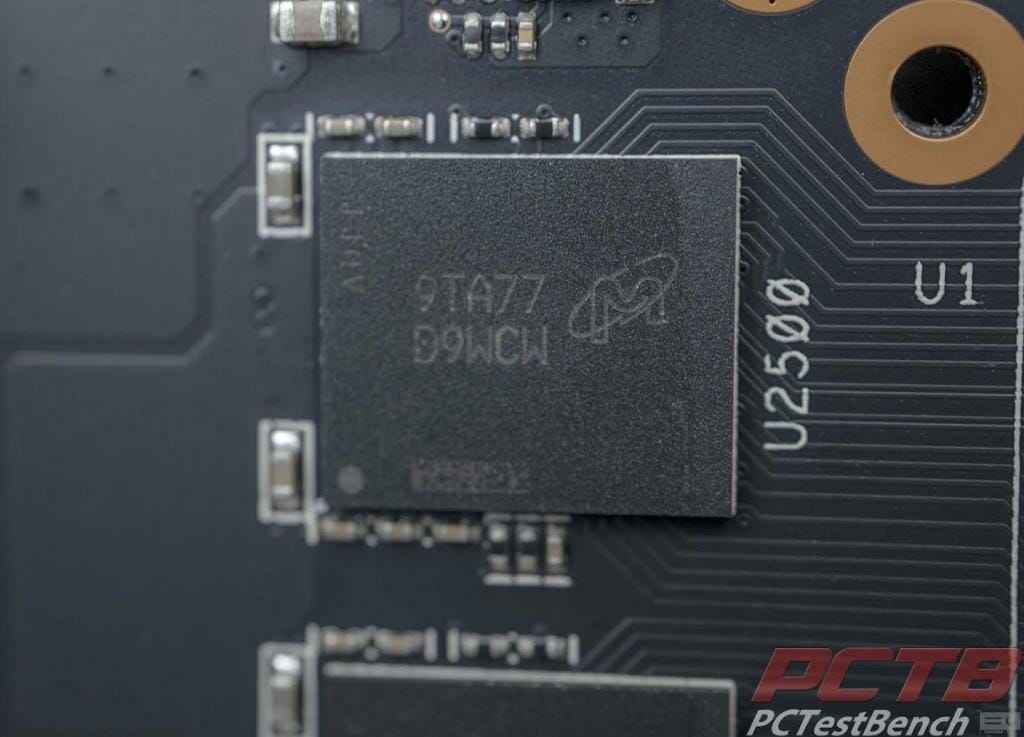
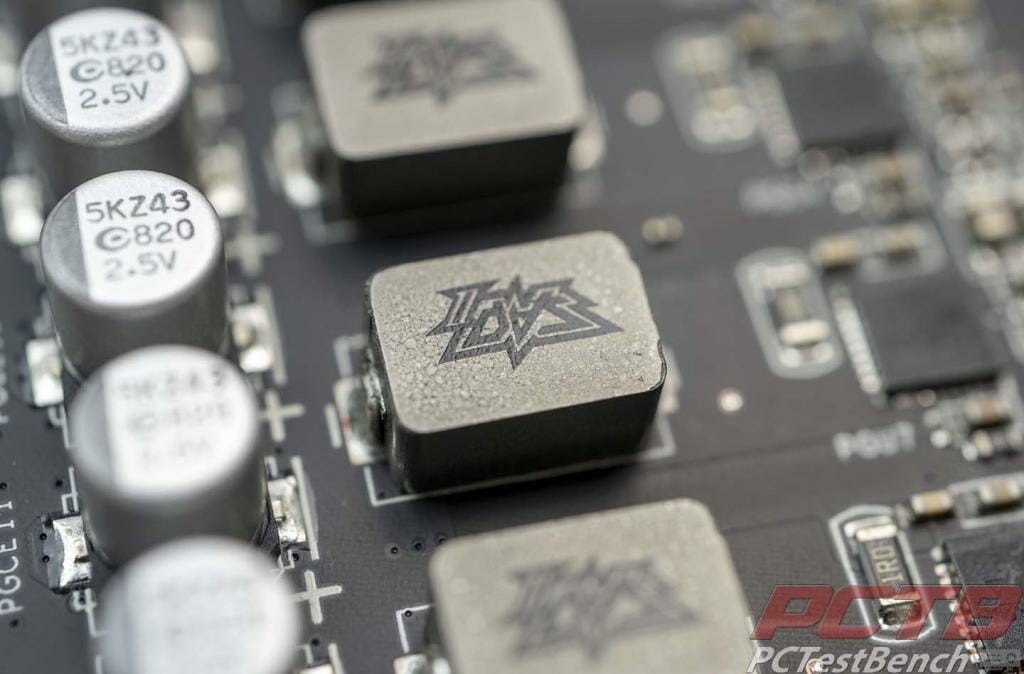
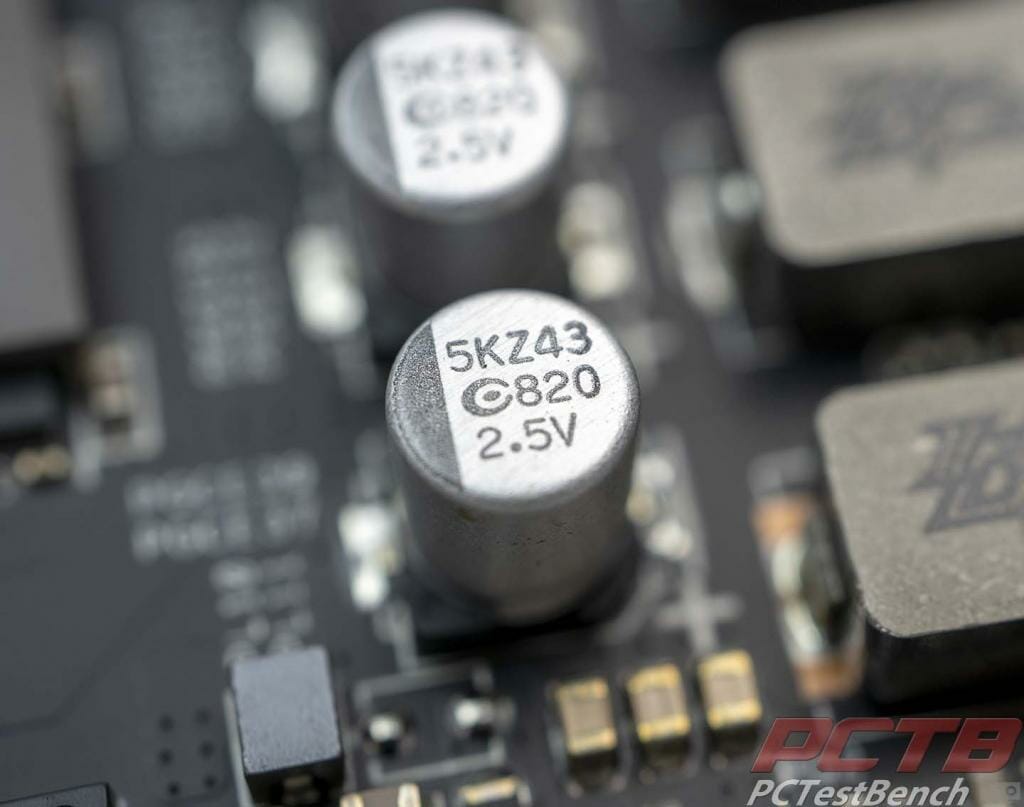
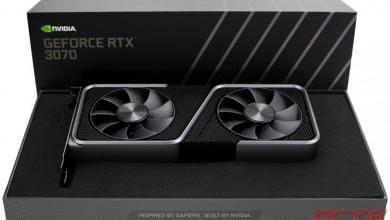
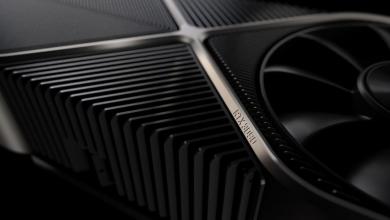
Check Out Our Amazon Store with Modders Inc
Please Support PCTestBench as Every Purchase Helps